It's Time to Acknowledge the Ugly Side of Instagram's "Healthy" Eating Community
According to the National Alliance on Mental Illness, approximately 18.5% of adults in the United States experience mental illness every year. That's a significant portion of our population—one in five people—yet the stigma and misunderstanding that surround mental health remain rampant. That's why in honor of Mental Health Awareness Month, we put the call out to our readers to share their own experiences with mental illness: their victories, their struggles, and what it's really like to negotiate a society that makes misguided assumptions about who you are based on an arbitrary definition of the word "normal." Our series My Life With highlights the raw, unfiltered stories of women who deal with anxiety, bipolar disorder, postpartum depression, and more, all in their own words. Below, Heather Ertel of The Glow Wellness takes a closer look at the flip side of Instagram's "healthy living" community—and how her feed led to disordered thoughts around eating.
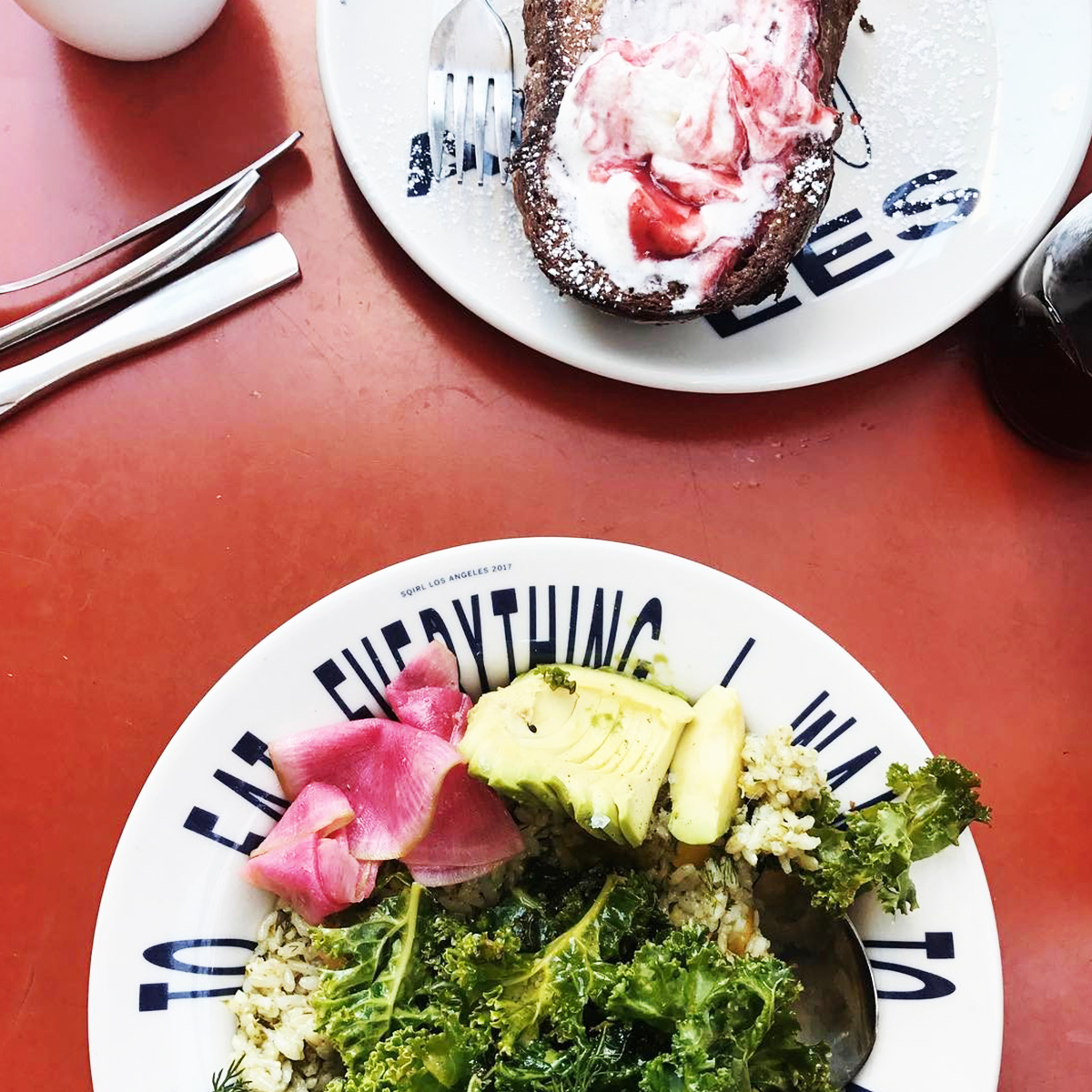
My love affair with Instagram hit me hard about three years ago. With an interest in health and wellness, I started following some of the top Instagrammers in the space. Through them, I followed more and more like-minded people, quickly amassing a large following and an even longer Insta feed. Before too long, my feed was filled with images of triple-decker chocolate cookies stuffed with nut butter and decadent, layered smoothie bowls overflowing with granola crumbs and chocolate fudge dripping down the side of a beautiful mason jar. It was all picture-perfect, of course.
But soon, after staring longingly at those crave-able images in my feed day after day, I started wanting them. At first, I withheld giving in since most of these foods I deemed off-limits for years. But then, the resentment crept in. Certainly, my rational mind told me that this was exactly the action that Instagram was intending. But I wanted what they had, these cute girls on Instagram marketing themselves as “healthy” and “holistic.” And I began to think, Why can’t I eat this way?
Limiting foods like cookies, nut butter, and granola for years, I asked myself, How could these seemingly healthy, thin girls eat like this and still look so good? I was frustrated. I wanted to eat the chocolate-covered banana boat too, dammit. And I did.
So these foods I deemed off-limits were now suddenly okay, even trendy and cool. I went from one type of disordered belief system around eating (ruling out all things!) to overindulging because Ms. Suzy Holistic Baker ate them every day, so I did too. I quickly realized how skewed the portion size and calorie count on these treats were, as evidenced by the scale of the pictures.
And then something else happened.
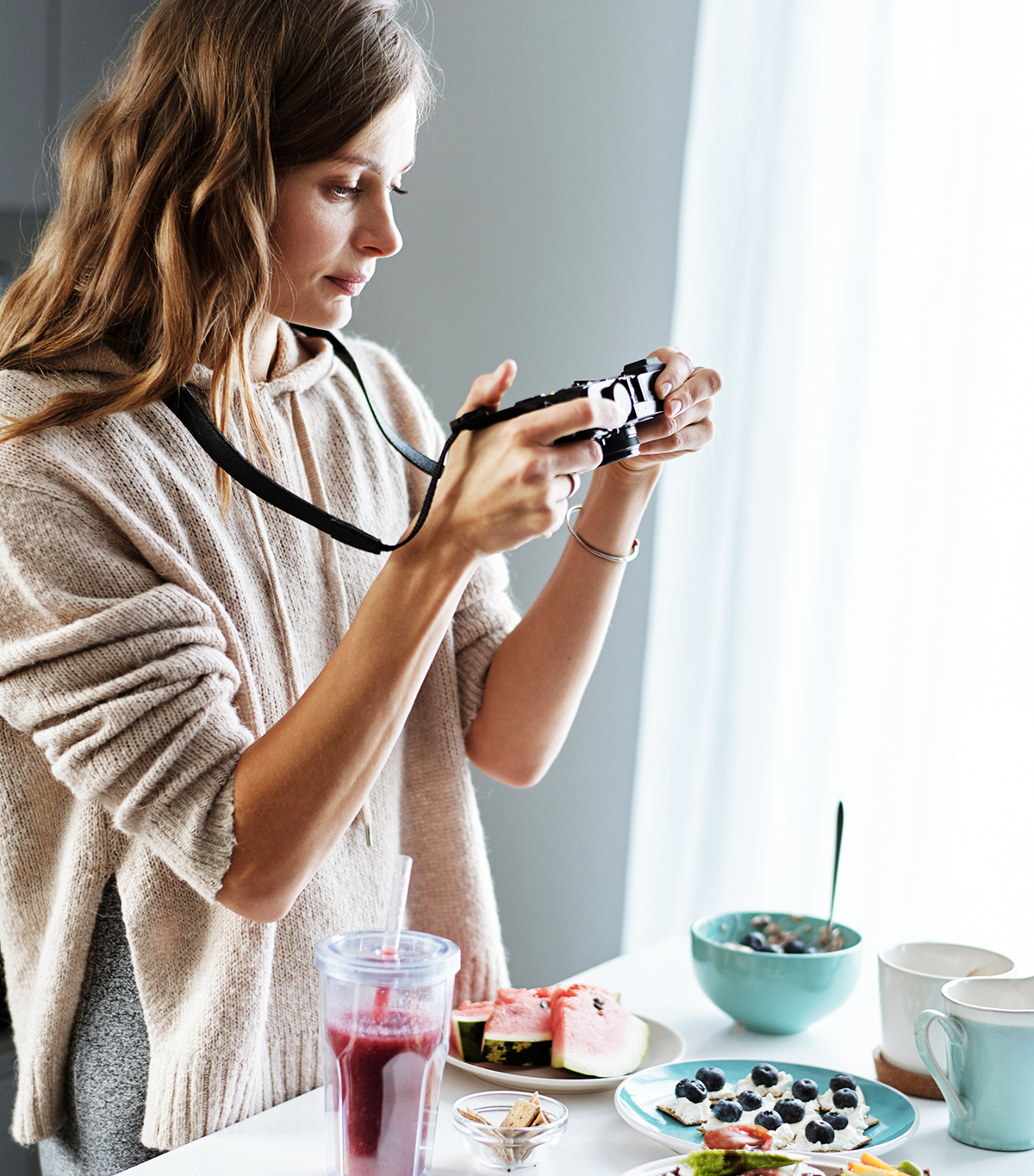
I listened to a podcast featuring one of the most famous Instagram dessert gals, who markets herself as a “healthy dessert creator who makes recipes with whole foods to nourish body and soul.” And I realized just how disordered her thoughts were around eating. When prompted by the audience, every answer she delivered came back to how she stayed thin, even when the question wasn’t at all related! She was obsessed with thin culture, with diet culture. There she was posting one indulgent dessert after another, each day, marketing it as “healthy,” and yet she couldn’t keep the words “thin” or “calories” out of her vernacular. Was she even eating what she was creating? The answer was a very clear hell no. But she was sure as hell telling others to and making a killer six-figure salary as a result.
I had to speak up. I started reaching out to some of the wellness people I follow, those with a smaller following who I knew might respond. When I asked if they were eating their nutty-butter creations, their answers were resounding. Quite a few said they didn’t even have a taste for the things they made because of how long they spent making them “pretty” or the fact that they made them so often. Some would eat just a taste. Others saw it strictly as a business model.
And then there was the sobering truth many told me: They were recovering from disordered eating (or still dealing with it), and a lot of their fellow Instagrammers were, too! So the very people posting these scrumptious goodies were dealing with eating disorders? It was sobering for sure. One woman, who I of course will not name, shared that this way of life was her new form of food power. Through it, she could control what she created and posted, and gain satisfaction from it, without consuming the calories. I thanked her for her honesty. And it really opened my eyes.
It's unfortunate, to say the least, that Instagrammers are marketing their photos to people as healthy and “normal” eating behavior. In reality, it’s irresponsible. There are thousands of very popular (we are talking 100K+ followers) influencers who have made a very good living filling their grid with these Instagrammable treats. They claim to be health and wellness experts. And they create these goodies asserting they are healthy only because they are made gluten-free, dairy-free, sugar-free.
But there's another dirty little secret: The majority of these high-follower bloggers are getting kickbacks from the companies they are promoting. They link to these hot wellness products in their Insta Stories and posts and on their blogs, earning commission for clicks and sales. It took me a long time to figure this part out. And when I did, I quickly wised up about what was being presented to me. As a strong personality with a decent amount of food knowledge, knowing this immediately made me want to take my power back. If I was going to make something delicious, it would be because I truly wanted it, not because someone on Instagram made me feel like I needed to have it.
Truth be told, I was trying to feed my own need, and that need probably came from a place of restricting for too long. So seeing the chocolate-granola-nut-butter-almond-crusted brownie was the culmination of all things off- limits. Coming from a place of lack made me susceptible to the messages being fed to me. We all want what we cannot have.
But we cannot will into being a life that is not rooted in reality. We need to flip the script and realize that we cannot eat based on the habits of others, which may or may not be rooted in reality in the first place. This is true of social media in general. But the danger of Instagram, in particular, is that the perfect home, mate, and body may not be attainable, but the food almost always is. I may not have that picture-perfect house, but I can have that stack of chocolate drizzled pancakes! Does that make me closer to being Insta perfect?
When you are not listening to your intuition, you can fall for a lot. You are not crazy for questioning what you see. Refuse to buy into the idea that what you are seeing others “consume” is best for you and your body.
If you think you may be struggling with disordered eating, find support from the National Eating Disorder Association Helpline at 1-800-931-2237.
Disclaimer
This article is provided for informational purposes only and is not intended to be used in the place of advice of your physician or other medical professionals. You should always consult with your doctor or healthcare provider first with any health-related questions.
-
 If The Row, Khaite, and Toteme Feel Too Expensive, Here Are 33 Pieces to Try Instead
If The Row, Khaite, and Toteme Feel Too Expensive, Here Are 33 Pieces to Try InsteadBring on the luxe-looking outfits.
By Jennifer Camp Forbes
-
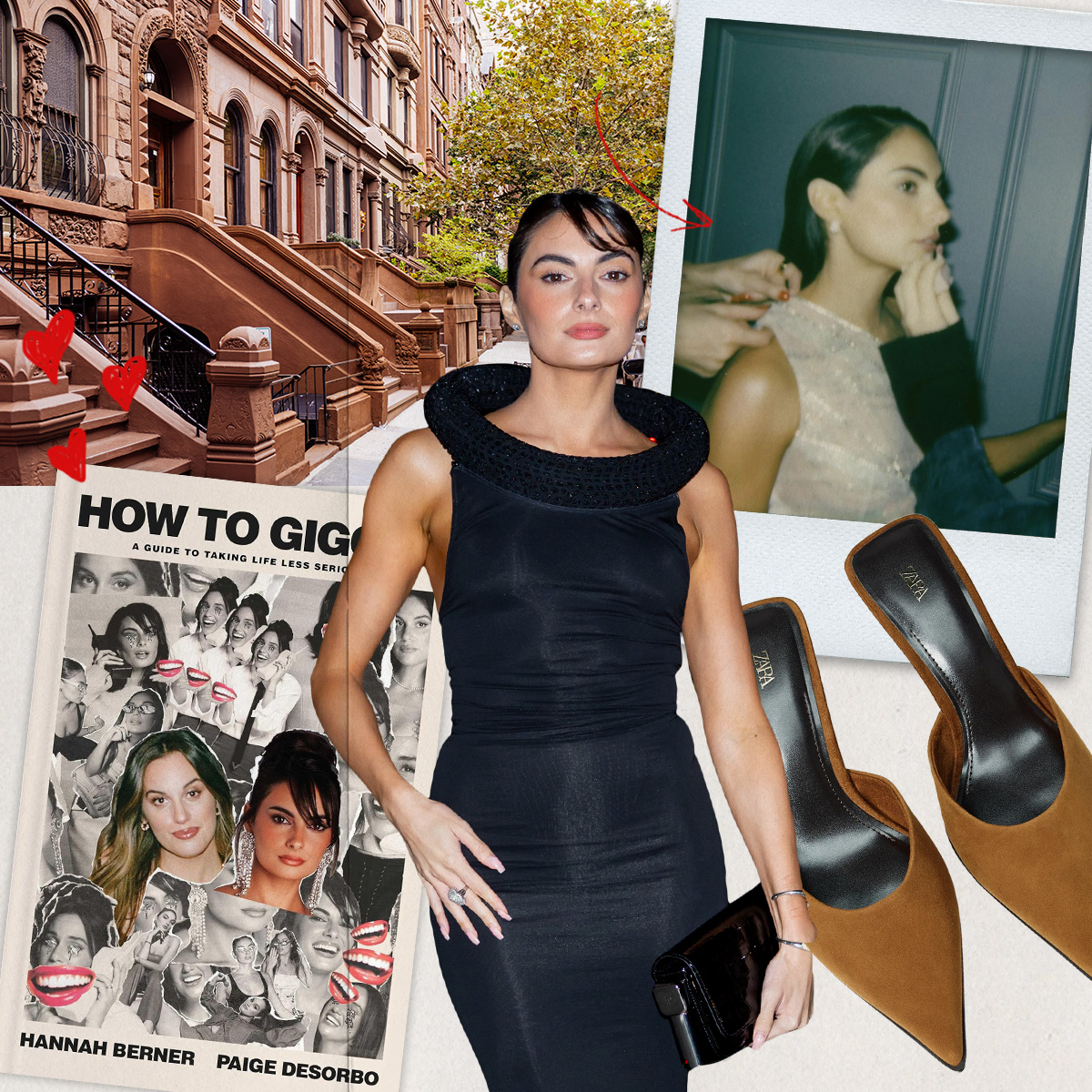 Paige DeSorbo's World: Her New Book, Favorite Zara Item, and What She Loves in Her Dream Apartment
Paige DeSorbo's World: Her New Book, Favorite Zara Item, and What She Loves in Her Dream ApartmentEverything going on in this It girl's universe.
By Bobby Schuessler
-
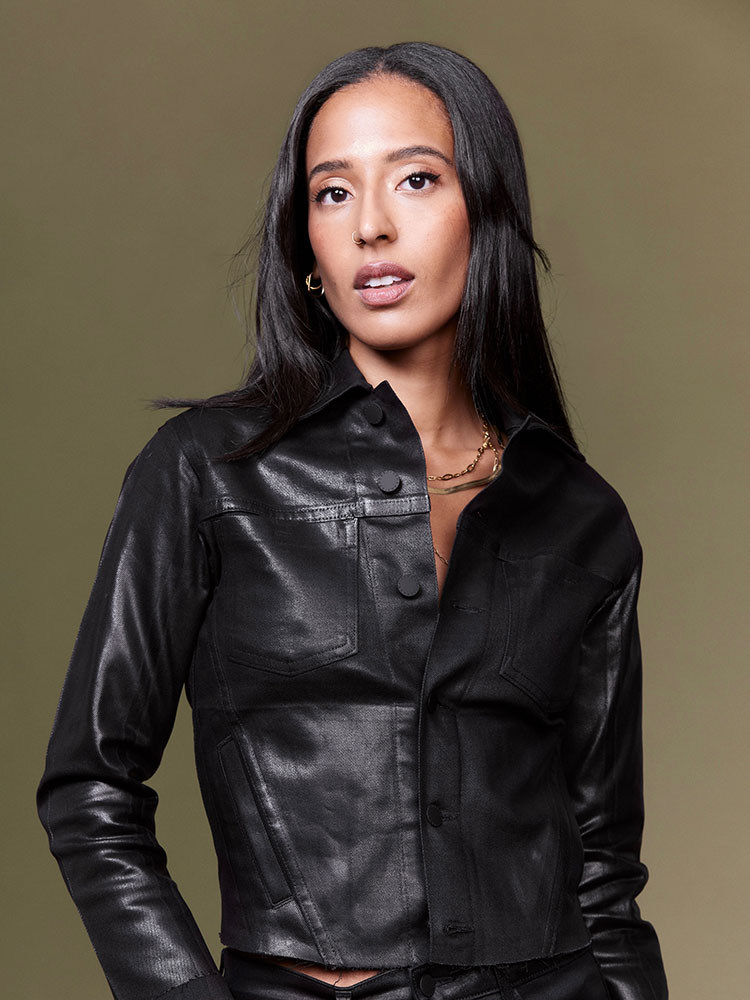 This Founder Shares Why We Should Start Celebrating Rest
This Founder Shares Why We Should Start Celebrating RestBurnout is nothing to be proud of.
By Kia Topps
-
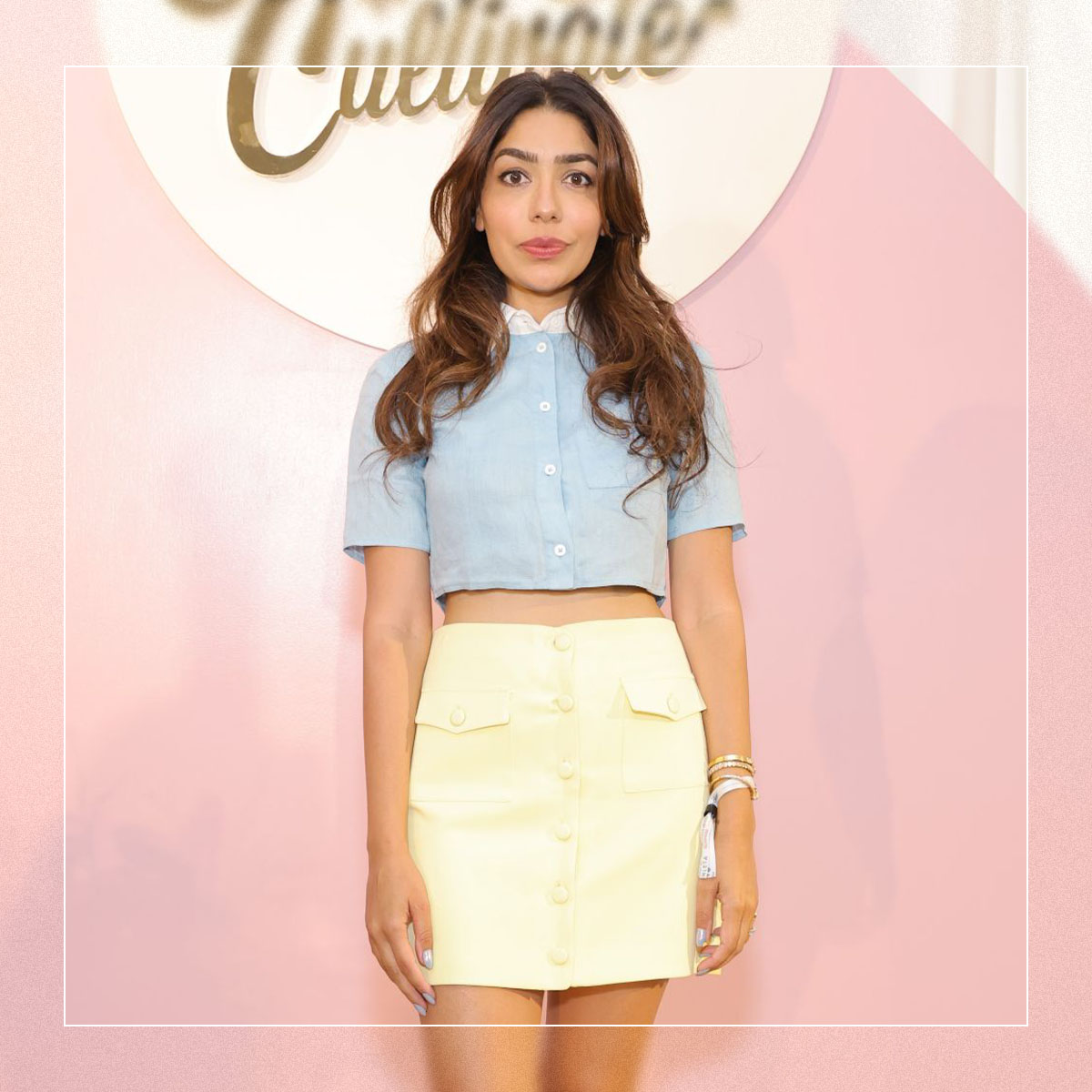 Why Dr. Deepika Chopra Believes that Optimism is Resiliency
Why Dr. Deepika Chopra Believes that Optimism is ResiliencyWhy you should start embracing every feeling.
By Kia Topps
-
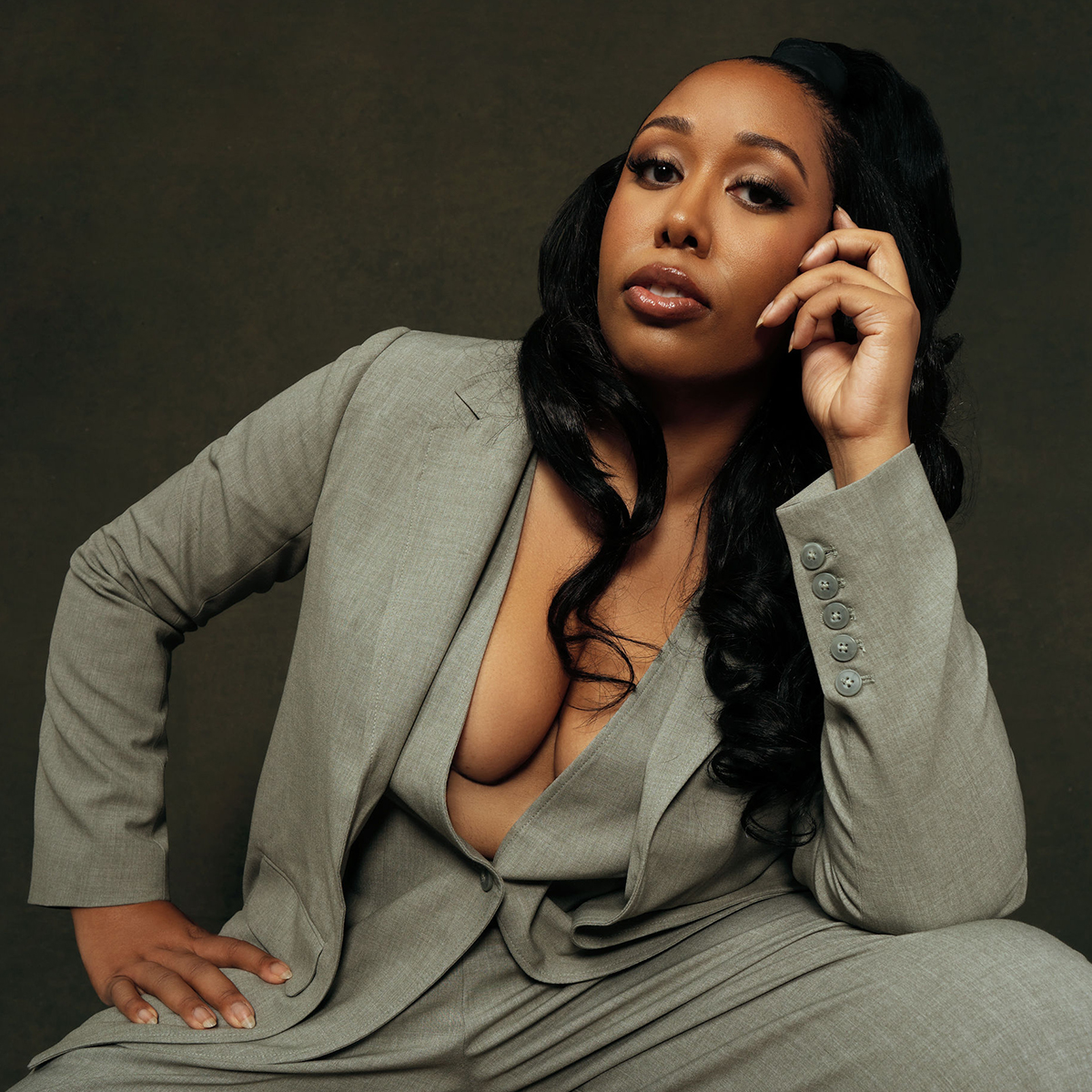 How TikTok's Favorite Photographer Helped Me Find My Confidence
How TikTok's Favorite Photographer Helped Me Find My ConfidenceI renewed my relationship with myself.
By MacKenzie Green
-
 11 Things to Do If You're Dealing With Anxiety at Work
11 Things to Do If You're Dealing With Anxiety at WorkThese can help.
By Casey Clark
-
 Here's Why I Make Time for "Play" Every Day—and Why You Should Too
Here's Why I Make Time for "Play" Every Day—and Why You Should TooIt's one of the best things you can do for yourself.
By MacKenzie Green
-
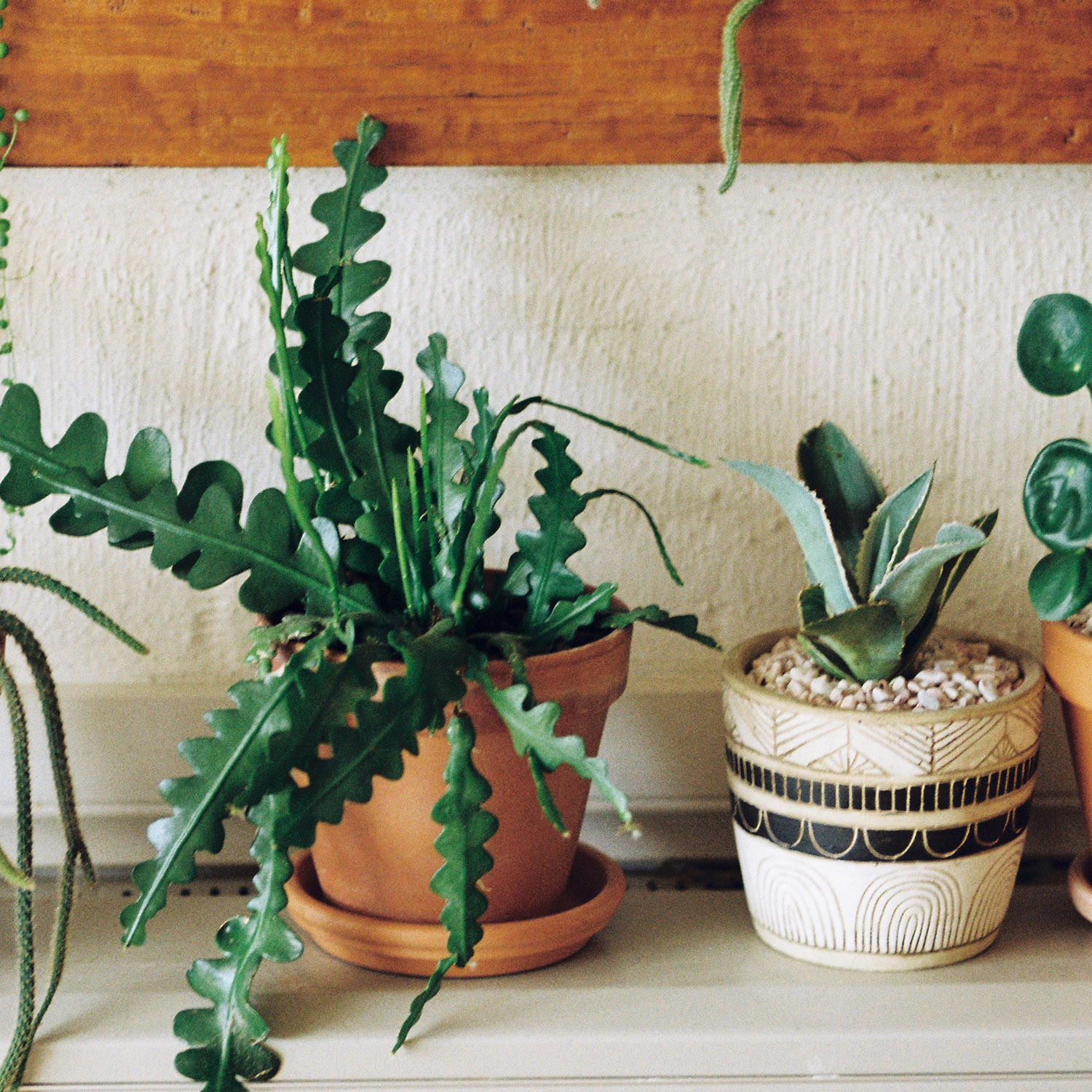 How to Choose a Plant Based on Your Personality Type
How to Choose a Plant Based on Your Personality TypeDo you have a green thumb?
By Sarah Yang
-
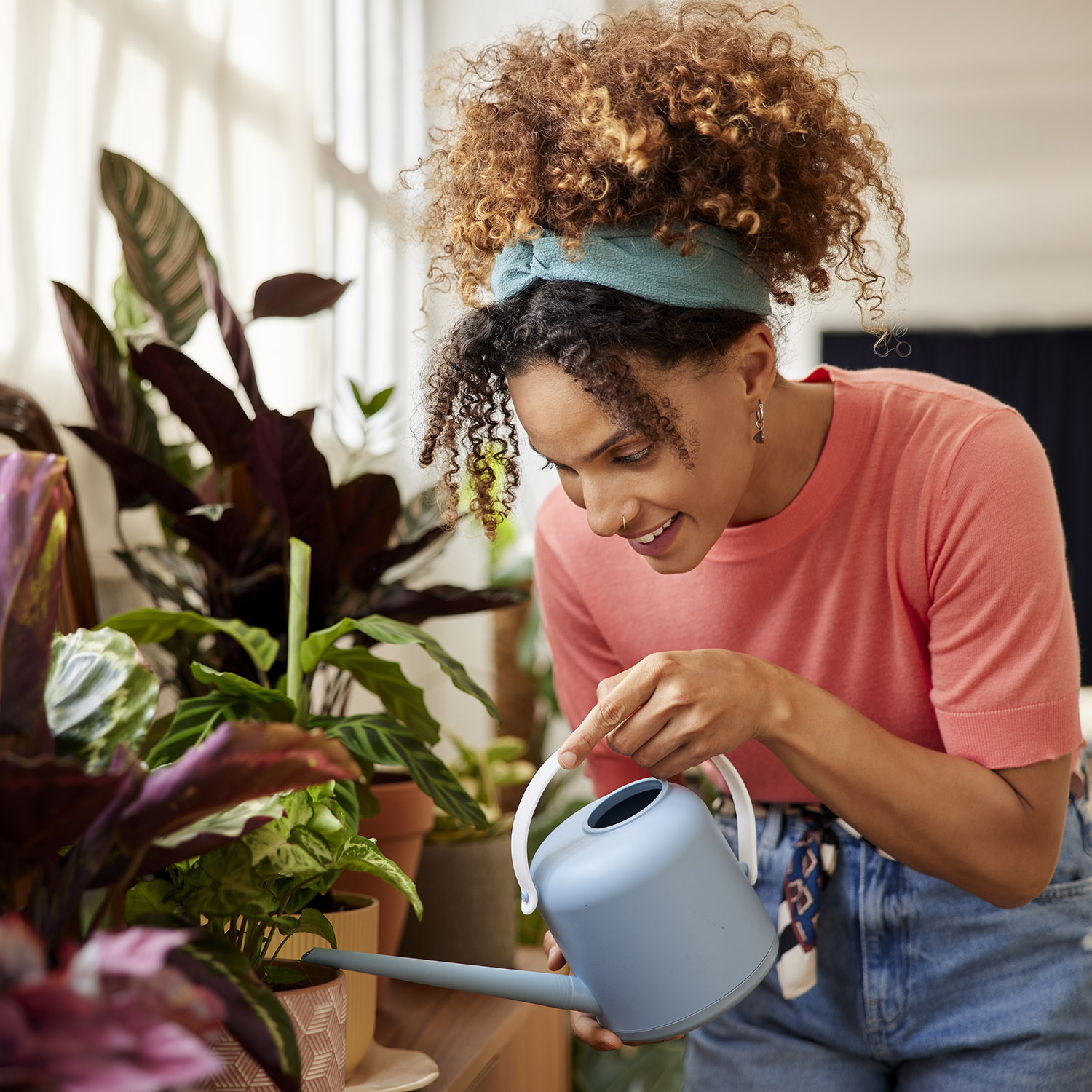 If You're Super Stressed Out, These 17 Things Can Make You Feel Better
If You're Super Stressed Out, These 17 Things Can Make You Feel BetterTry them.
By Sarah Yang
-
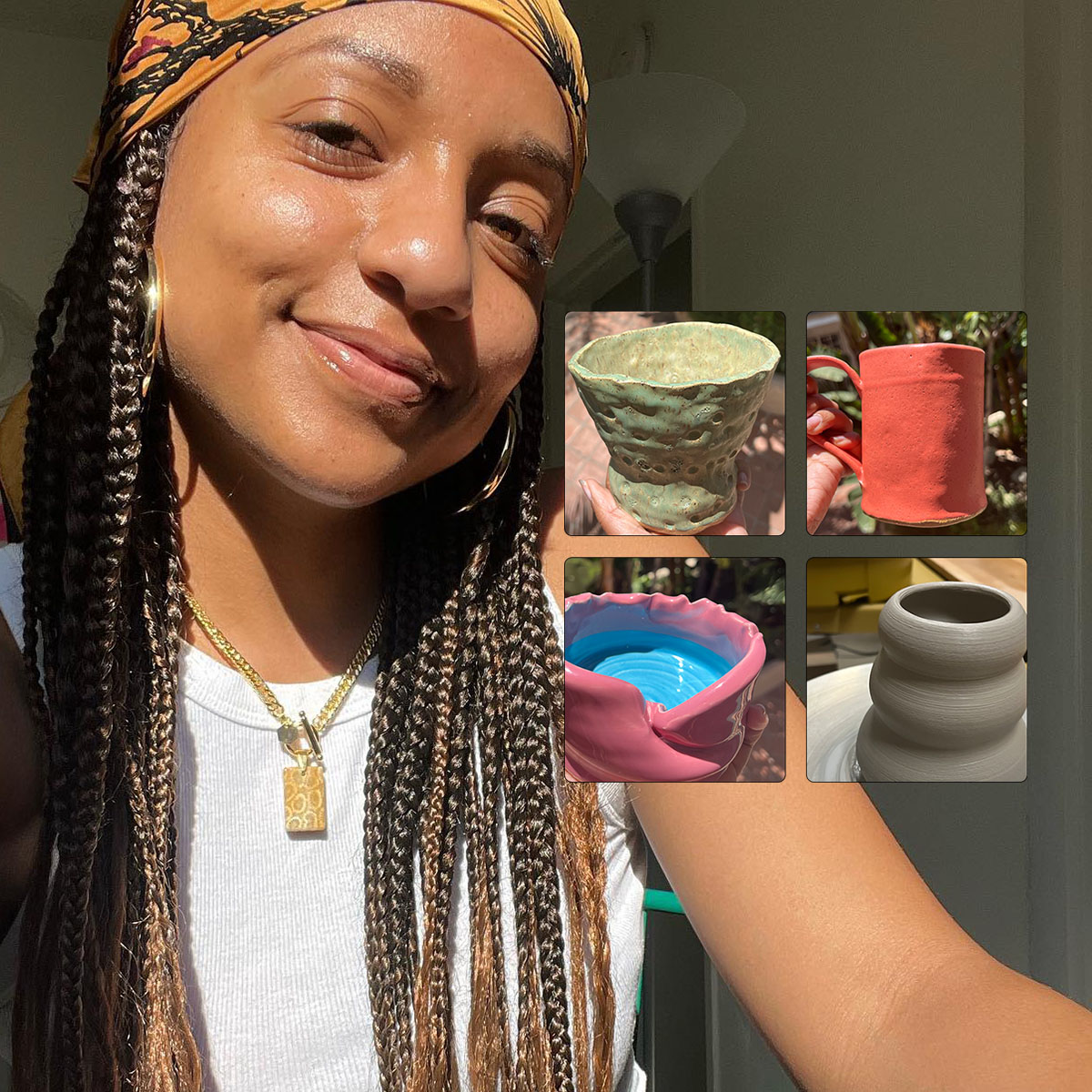 I Tried Pottery Classes as a Way to Better My Mental Health—Here's What Happened
I Tried Pottery Classes as a Way to Better My Mental Health—Here's What HappenedI left my classes with more than I bargained for.
By Kia Topps